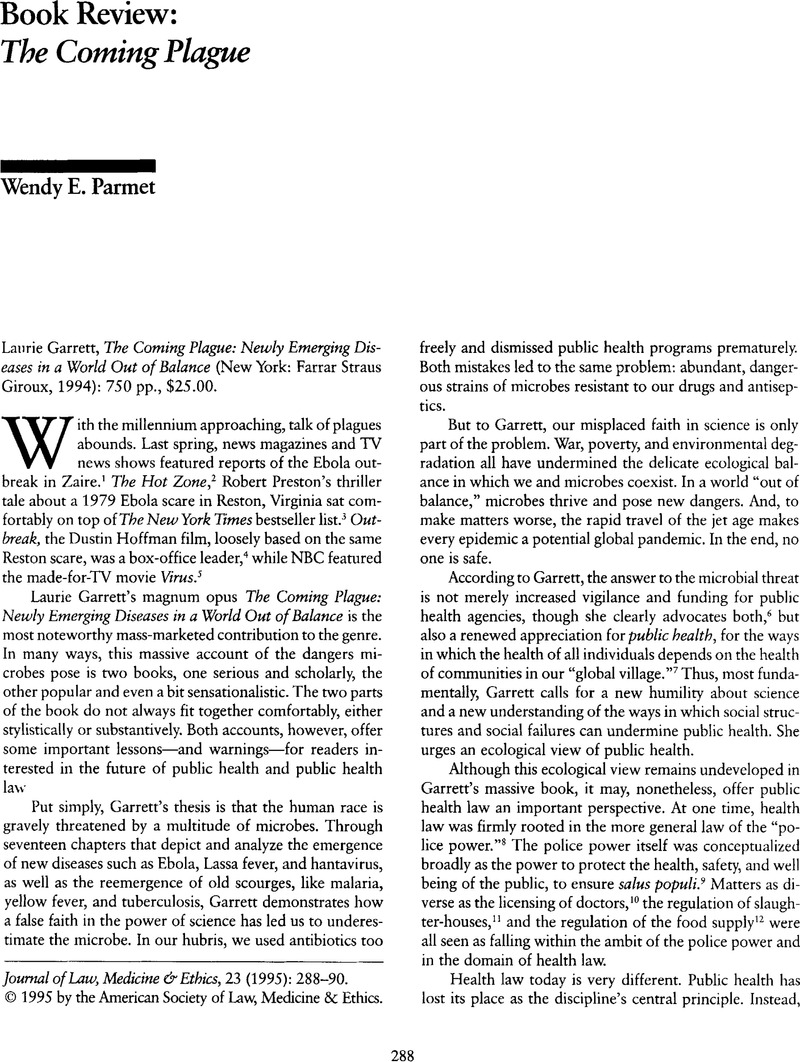Crossref Citations
This article has been cited by the following publications. This list is generated based on data provided by Crossref.
Kelman, Ilan
2021.
Categorising animals and habitats in disaster-related activities.
Australian Journal of Emergency Management,
Vol. 10.47389/36,
Issue. No 3,
p.
57.



